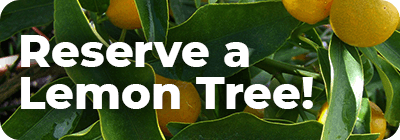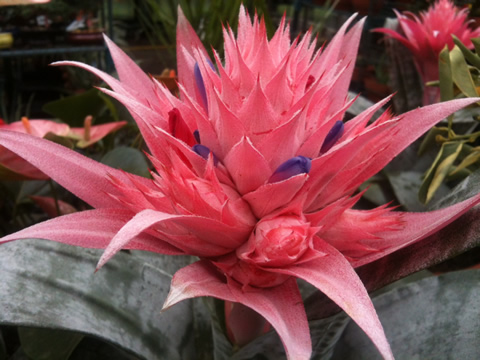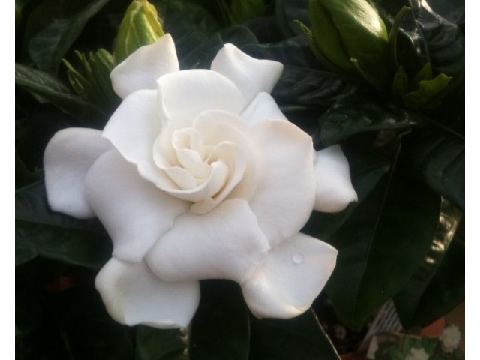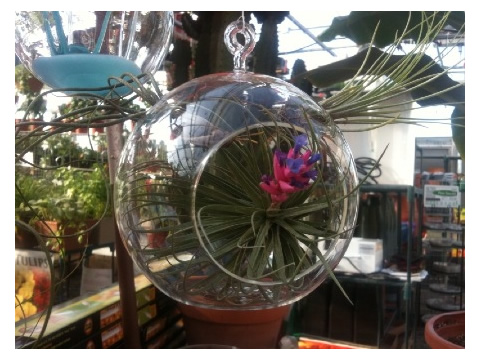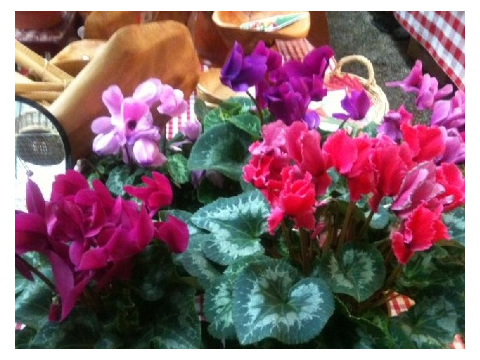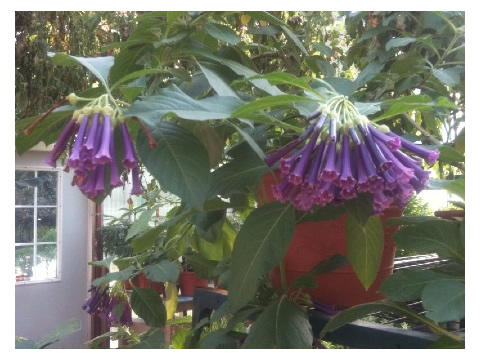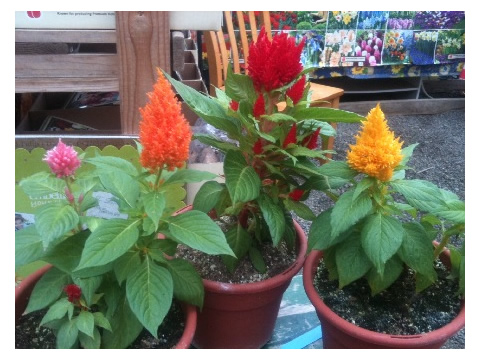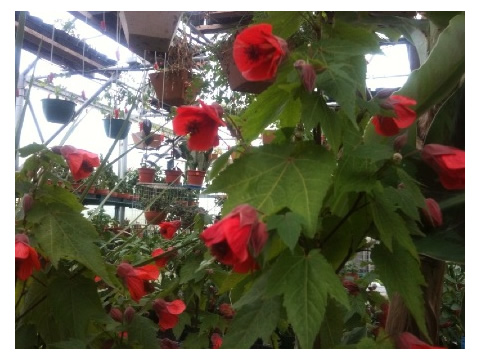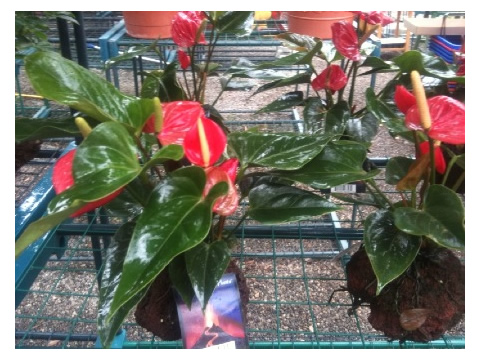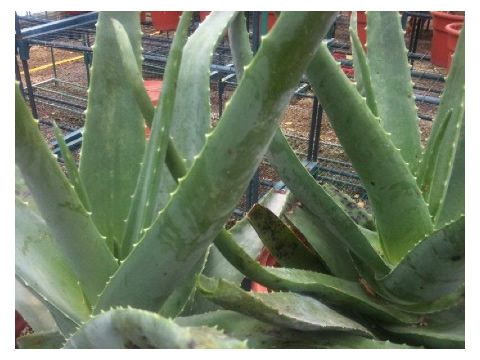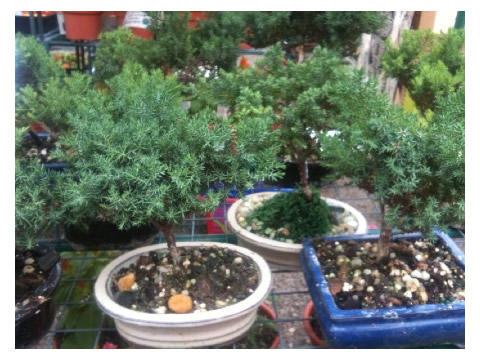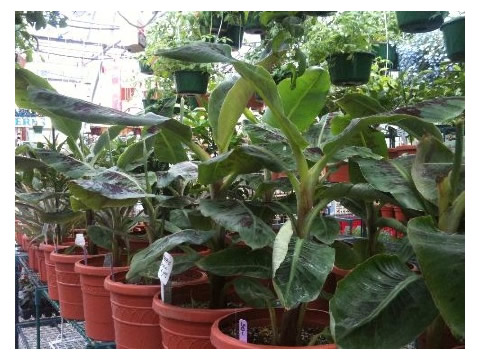Colorful Tropical Plants
TILLANDSIA CYANEA “PINK QUILL”
An outline of their life cycle
Tillandsia Cyanea or “Pink Quill” plant, is a type of Bromeliad. All Bromeliad varieties are excellent plants for Alaskan homes and offices due to their preference for low light levels. This particular Bromeliad is fascinating and durable and will thrive on neglect.
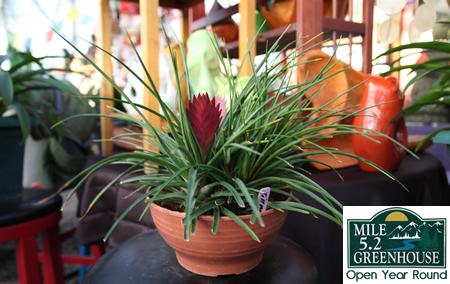
All Bromeliads bloom once in their lifetime and then they die, however they will reproduce by creating new plants, referred to as pups.
A Pink Quill plant begins the whole flowering process by developing a bright pink paddle, or bract. This bract will produce little purple flowers, each little groove along the bract will produce one purple flower sometimes more than one groove will flower at a time. Each purple flower will only last a short time as others will come from other grooves. Once all of the grooves have produced a flower, the bract will die off, this usually takes weeks after which the entire plant will die off, however this could take several months. When the bract becomes unattractive you can simply cut it off at the base. This will have completed the flowering process.
Most often, pups (baby off-shoots) will develop during or after the flowering cycle emerging at the outer base of the plant. The original plant, especially if helped along with a very small amount of diluted fertilizer, may continue to produce pups until it has completely expired. The pups will grow on and eventually produce their own bracts.
Many factors cause bromeliads to bloom such as plant age, day length, light intensity, water and temperature. Some bromeliads bloom quite regularly while others do not. It is known that the bromeliad flowering process can be induced by exposing the plant to ethylene gas (a product of burning wood and leaves and ripening fruit and vegetables). A simple method that can be done at home to stimulate flowering is to place a healthy, mature plant (at least ½ the size that the mother was) with all the water drained, in a tightly closed, bag (paper or plastic) for a 24 to 48 hours with a ripe to overripe apple or banana. During senescence (the aging process), the fruit releases ethylene gas that, in turn, induces the bromeliad to flower.
The Bromeliad reproduction process is slow, which is also why they are known to be long lasting, so be patient.
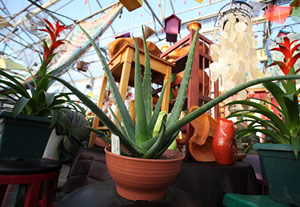
ALOE VERA
Grow Warm in bright light. Water and then allow the soil to dry out slightly. The Aloe Vera thrives on neglect. If you left town for a month and came back, the Aloe Vera would look just as good as if you had stayed home. Grow in well drained soil. The plant is highly medicinal. Every home should have one. Excellent plant for the office. Fertilize every two weeks.
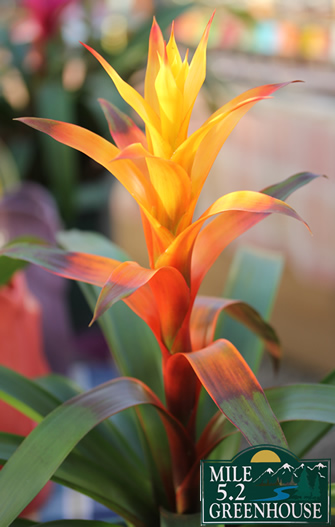
HYDRANGEA
HYDRANGEAS appear terribly difficult to grow but in fact they are one of the easiest and showiest plants to grow and keep alive from year to year. Shady and moist is what they want, both of which we have in Alaska, so this plant fits right in. Put it outside in a morning sun area or a shady area with filtered sunlight. Keep it moist and fertilize once a week. When the flower heads turn brown, cut them off and new flowers will form.
In September before it freezes, trim the plant back somewhat. It needs to go dormant for the winter, so put it on the floor in your garage; somewhere around 40 to 50 degrees. You may need to water it once a month during the winter. At the beginning of March expose it to light in a cool area and let it return to life naturally. After there is significant growth you can repot it into a slightly larger pot.
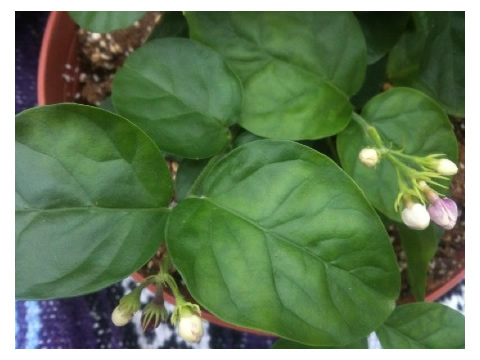
JASMINE
SAMBAC, CHILEAN, PINK, POET’S & STAR JASMINE
Sambac Jasmine has creamy white flowers year round with a fragrance reminiscent of green jasmine tea. The leaves on this Jasmine are glossy and rounded and the nature of the plant is to vine.
Sambac Jasmine should be grown warm and in bright light. Fertilize every two weeks using a 50% solution (half the amount of fertilizer suggested) during winter months when growth is slower. The soil should be evenly moist. The plant can be pinched back or pruned to promote bushiness.
WINTER JASMINE
Winter Jasmine has narrow leaves and an abundance of pinkish buds that give way to a profusion of highly fragrant white flowers in January through March. The fragrance will fill a room. The cooler temperatures of November and December along with decreasing light are what cause the plant to bloom. This set of conditions makes it an excellent plant for Alaska.
Winter Jasmine should be grown evenly moist in bright light with cool nights. Fertilize every two weeks using a 50% solution (half the amount of fertilizer suggested) during winter months when growth is slower. The plant is a vine and should be pruned back during early fall to promote bushiness. This Jasmine can be grown outside for the Alaskan summer then brought back inside for the winter.
GARDENIAS
Grow Warm and Moist. Gardenias are one plant that likes to be watered consistently. In the summer grow in bright light near an East or West Window, but not in direct sunlight. In the fall and winter grow in as bright light as possible, southern exposure is fine in the winter. Mist daily during the dry winter months. Gardenias can be set outside to grow under Alaska’s midnight summer sun then brought back inside in September. Location is the key to success with Gardenias. Fertilize every two weeks. A handful of ice cubes on the surface of the soil will nudge the plant out of dormancy to flower again.
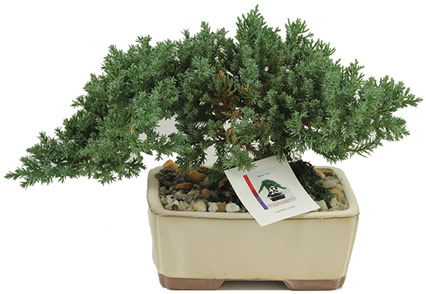
BONSAI
Juniper Bonsai are super easy to grow in the Alaskan home or office. They do well during the winter in Alaska but grow much better, like all plants, under a simple fluorescent light. These Bonsai require frequent watering, perhaps several times a week. Their growth is slow and most noticeable in the spring and summer. They can be trimmed and trained to grow into almost any shape and direction.
Growing Bonsai is a hobby for many people and acquiring a number of them is often the goal.

